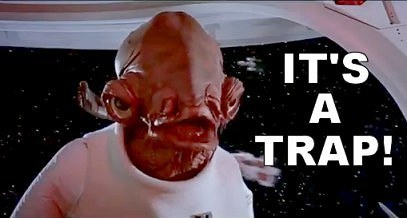You'll get a rhythm going on the cleaning, it isn't (or shouldn't be) onerous. I only spray acrylics, so I keep a small beaker of clean water and a larger vessel for spray out. After painting, I run water through the color cup, take it off if if it's siphon feed, dump it if it's gravity. Next dip the whole head of the brush in the clean water and spray. Lift it out and cover the nozzle with my finger and backwash any color out, dip again and spray. At that point I pull the needle and wipe it. If it's clean, I dip once more, put some AB cleaner (Vallejo) in a spray it out, if not, I repeat until it is clean. Disconnect the hose and put it away. It's maybe a one minute process in total.
Then about every 20-30 uses I'll break it down and toss it in the ultra sonic cleaner for a few cycles, or if it acts up on the interim.
I've done that with my 30 year old Iwata, still on the original needle and nozzle, so it works for me. The only extra step with that old brush is I'll put some superlube on the trigger plunger every 10 or so uses since it tends to stick. Not too shabby for a 30 year old o ring.
An AB is just a tool, don't be afraid of it, just have fun. I remember the first time I used one on a model and thought, 'that's it?' I guess I expected some monster challenge or the heavens opening up. It's just a great way to move paint. When the paint is of proper consistency, it's so easy and quick it's ridiculous.


